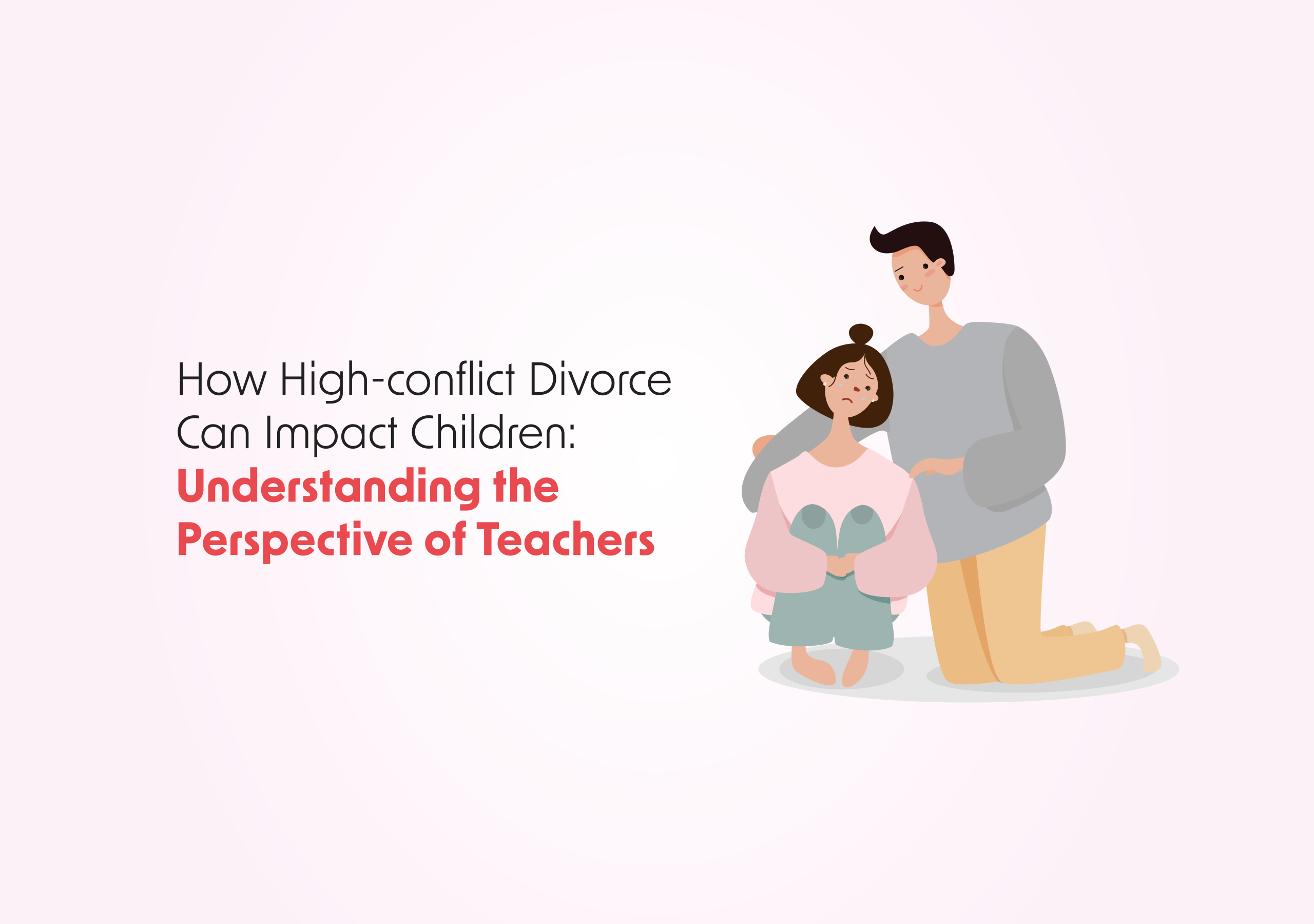Thyroid cancer is one of the more common cancers globally, and for most patients, the prognosis is generally favorable with timely and effective treatment. The usual course involves surgery to remove the thyroid gland, followed by radioactive iodine therapy to eliminate any remaining cancerous cells. However, for a subset of patients, the story is far more complicated. When thyroid cancer no longer responds to radioiodine therapy, a condition known as radioiodine-refractory differentiated thyroid cancer, the outlook becomes significantly more daunting. These patients face limited treatment options and a much grimmer prognosis. More
Historically, radioiodine treatment resistance has been a challenging condition to manage. Traditional treatments lose their effectiveness, and the cancer continues to grow, leaving patients with few choices. In 2015, the FDA approved a drug called lenvatinib based on results from a randomized, landmark phase III study that demonstrated a progression-free survival (or PFS for short) benefit with lenvatinib that was five times that of placebo in patients with iodine-refractory differentiated thyroid cancers.
Lenvatinib is part of a class of drugs known as multi-targeted tyrosine kinase inhibitors. To grasp its significance, it’s important to understand what this means. Tyrosine kinases are enzymes involved in the signaling pathways that regulate cell functions, including growth and division. In cancer cells, these pathways can become overactive, leading to the unchecked tumor growth and metastasis. Lenvatinib works by inhibiting several tyrosine kinases at once, which essentially throws a wrench into the machinery that allows cancer cells to proliferate. By targeting multiple pathways, lenvatinib is more likely to be effective against the cancer, even when other treatments have failed.
Despite the vast improvement in PFS and response to therapy shown in the lenvatinib trials, toxicities led to decreased dosages of lenvatinib or permanent discontinuation. A follow-up study demonstrated that dosage matters, in that patients who received the approved dosage of 24 mg have greater responses to therapy, which is important as patients requiring treatment are often symptomatic due to progression of their disease. With concern that lenvatinib may not be prescribed appropriately in the real-world or may not be producing the needed responses that the aforementioned studies have shown, Prof. Francis Worden from the University of Michigan Rogel Cancer Center and colleagues conducted a real-world study to investigate how lenvatinib is being prescribed and the outcomes related to therapy.
Their study focused on patients with radioiodine treatment resistance who began treatment with lenvatinib as their first line of defense against the disease. This was a retrospective chart review of such patients in routine clinical practice across the continental United States. Patients were aged 18 years or over at the start of their lenvatinib treatment, which began between February 2015 and September 2020. A total of 308 patients was included in the analysis.
This real-world study is particularly valuable because it includes a diverse group of patients, several from under-served populations, with varying degrees of health and different comorbidities, conditions that might not be represented in the more selective populations of clinical trials. The findings from this study have significant implications for everyday clinical practice.
The study found that patients who received lenvatinib showed a median PFS of 49 months. In the context of cancer treatment, PFS is a critical metric, it measures the length of time during and after treatment that a patient lives with the disease without it worsening. For radioiodine treatment resistant patients, this 49-month period is exceptionally promising, as it means they could potentially enjoy over four years of life without the cancer advancing. This is a stark improvement compared with the outcomes expected from previous standard care options.
Beyond PFS, the study also reported on overall survival, another crucial metric. The findings were again impressive: 78.4% of patients were still alive two years after starting lenvatinib treatment, and 57.0% were still alive after six years. These survival rates are particularly noteworthy given the historically poor prognosis associated with radioiodine treatment resistance. The ability of lenvatinib to extend life so significantly marks it as a game-changer in the treatment of this condition.
As with any potent cancer therapy, the benefits of lenvatinib must be weighed against its potential side effects. The study conducted by Prof. Worden and his team provides reassuring data in this regard. While lenvatinib does come with side effects, such as high blood pressure, fatigue, diarrhea, and decreased appetite, the research showed that these were generally manageable. Most patients were able to continue their treatment without needing significant dose reductions or interruptions, which is vital for maintaining the drug’s effectiveness over time.
In fact, the ability to manage side effects effectively is a key factor in the long-term success of lenvatinib as a treatment option. The study indicated that with proper monitoring and supportive care, patients could remain on lenvatinib for extended periods, allowing them to reap the full benefits of the drug without a significant compromise in their quality of life. This balance between the drug’s efficacy and its side effect profile is crucial, especially for patients who may have few other treatment options available.
The findings from Prof. Worden’s study help to validate the effectiveness of lenvatinib for patients with radioiodine treatment resistance. Before the advent of lenvatinib, patients with radioiodine treatment resistance often faced a bleak future with few viable treatment options. The data presented in this real-world study provide evidence that lenvatinib can significantly improve outcomes for these patients, offering them not just more time, but also the potential for a better quality of life.
As with any retrospective study, there are limitations. The measured outcomes were better than those reported in the landmark randomized study with lenvatinib versus placebo. Moreover, patients did not have to meet the entry criteria for study to receive real world treatment. Hence, there were likely some patients who would have not qualified for study but were treated with lenvatinib (ie. their disease progression was minimal or the size of disease was smaller than would have been allowed in previous studies).
In closing, real-world data are important, as they can help us understand the effectiveness and tolerability of treatment. In the current study, the researchers observed that the vast majority of patients are dosed appropriately. While response rates and survival rates are generally higher in the real world compared with the data from a well-designed, controlled study, the data from this real-world experience strongly confirm the efficacy of lenvatinib as a front-line therapy for patients with metastatic radioiodine-refractory disease. Looking ahead, the continued study of lenvatinib and its application in clinical practice will likely lead to further refinements in treatment strategies, providing even better outcomes for patients. Prof. Worden’s work reminds us that while the fight against cancer is ongoing, each discovery brings us closer to more effective treatments and, hopefully, a cure.







